Power amplifiers are the components of receivers or standalone amplifiers that deliver the required power to get the speakers’ diaphragms thrumming. They are also available as standalone devices in their own right, but they are quite a rarity even in HIFI setups – though once commonplace, modern technologies have made them all but obsolete for the average user. Still, power amplifiers and preamps do find some use among audiophiles and professionals, and do a lot of heavy lifting behind the scenes. So, let’s get into it.
What is the purpose of a power amplifier?
HIFI amplifiers are made to take the audio signal and transform it into an AC power signal which can be used to drive the speakers. This is performed by two components: one power amplifier, which boosts the power of the signal, and a preamplifier, which processes the signal into a balanced sound mix that can be utilized by the power amp.
Originally, these two components were separate devices. The reason they were kept apart was that the two components can interfere with each other and, having external casings around them kept them shielded from one another, minimizing all kinds of unwanted noise. However, in the last few decades, the components were reduced in size among other changes, overcoming the requirement to build them this way. Because of that, we now have many complete standalone amplifiers housing both the preamplifier and power amplifier along with other electronics to drive a complete AV system. Still that does not mean that the power amplifier as a device has completely disappeared.
Power Amplifiers as Niche Technology
For concert stages and other large events, there is essentially no way around having dedicated preamps and power amps. That’s because PA systems (public address) have to not only put out good audio quality, they also require an incredible amount of power. The best way to achieve that is with separate high-performance preamps and power amps.
In addition, HIFI purists continue to prefer setups with separate preamps and power amps even though these devices are now much harder to come by. One argument for this traditional setup consists of the fact that preamps have built-in equalizers. Another argument in favor is the flexible tuning such setups can offer.
Some HIFI purists go so far as to use tube amplifiers for the preamp and power amp – this is an essentially outdated technology. The difference between tubes and transistors (the modern standard) is something we address in an article about amplifier technologies.
What Has Replaced the Dedicated Power Amplifier
As we touched on in the introduction, today nearly all complete amplifiers come with built-in transistors. From a technological point of view, it is now possible to combine a power amplifier and preamplifier in one housing without having a negative impact on the quality. The same is true for AV receivers and CD amplifiers as well as active subwoofers with built-in amplifiers. This saves a lot of effort for the user who no longer has to figure out all the fiddly cables to connect their preamp to their power amp.
Modern complete audio amplifiers are nearly all classified with a letter ranging from A to D. These classes describe the different processes used to amplify the signal and the processing type used by the transistor. Today, the most common varieties are AB- and D-class amplifiers.
- Class AB amplifiers combine low-distortion signal amplification with reduced heat-related energy waste (especially in comparison to Class A amps). This power loss is caused by direct voltage, which is continuously expended even when the device is not in use. Class A amplifiers use a significantly higher amount of direct current power.
- Class D Amplifiers have transistors that use only two power switching processes (blocking and saturation ranges), thus reproducing the frequency curve of the audio signal (pulse width modulation). Filters are used to output a frequency curve for driving the transducers. A major advantage of Class D amplifiers is their extremely high efficiency. This in turn makes it possible to build very low-power amplifiers.
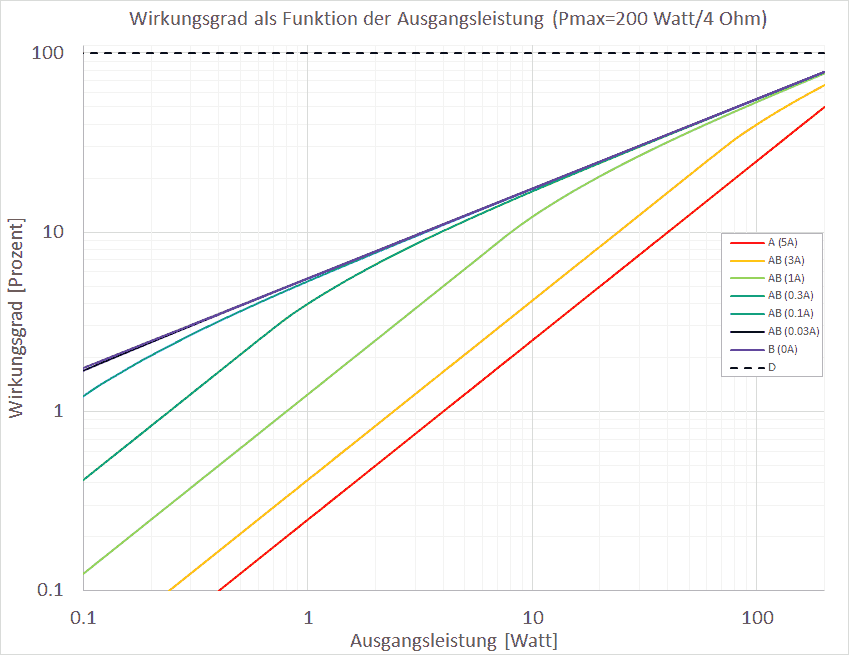
What Makes a Preamplifier Important?
Quick Reminder: amplifiers form the basis of any HIFI setup. Regardless of the quality of the various components of the set such as speaker and record player, the set itself can only ever be as good as the amplification unit. So what is the point of a preamplifier? It is there to optimally process the audio signal for the amplifier. That is particularly important for amplifiers where signals from multiple playback devices come together. The preamplifier brings the volume to an equivalent level so the HIFI amplifier can process the signals equally. Preamps are mostly built directly into amplifiers or AV receivers. But that was not always the case.
The External Preamplifier Model in Flux
The external preamplifier was still very common in the HIFI world as an entry-level device all the way into the 1980’s. Most were connected to a source device such as a record player, tape player, or radio tuner. There was often a knob or set of buttons one could use to switch between the various inputs, and other knobs to regulate treble, midrange, and bass frequencies.
When the first CD players with integrated volume controls came to the market, the preamplifier became superfluous for many consumers. As a rule, this was for setups that either had only one input device, or with amplifiers that already had input switching. Often, CD players were connected directly to amplifiers, which actually delivered a better audio experience than consumers could achieve with a preamplifier.
But that was primarily caused by the quality of preamplifiers of the time. Because most of the models on the market delivered poor results. The sound was often metallic and unbalanced. But because they offered the ability to switch between multiple inputs, they remained in demand. Today, AV receivers are used most commonly, combining audio and video receiver with amplifier in a single device, and almost always allowing multiple sources. That is why external preamplifiers are increasingly rare – except for in the high-end market segment. Still, it is important for the amplifier to be of high quality, but then it can play a decisive role.
Internal or External Preamp – What is Better?
That leads us to the question of which option is better: internal or external? Or to put it a different way: is it still worth buying an external preamp at all. If you ask HIFI experts, you can get all kinds of different answers. On the one hand are those who believe the audio quality is improved by having a good preamp between the source device and amplifier. On the other are those who subscribe to the view that direct connection between source device and amplifier provides a more true-to-source and thus better audio experience. The easiest conclusion to draw here is that each setup has technical advantages and disadvantages, and thus it comes down to personal taste.
Speakers by Teufel
Still Relevant Today: the Phono Amplifier
There is still one type of preamplifier that is essential for certain types of system – namely, record players. We’re talking about phono amplifiers, also known as phono preamplifiers, or phono equalizers. All record players with MM (Moving Magnet) or MC (Moving Coil) technology will require this special kind of preamplifier in order to raise the signal to a power level high enough for the amplifier to be able to process it. Although it may be possible to get these devices to play, a usable signal will simply not reach the amplifier without a preamp. It can also remove distortion and noise from the signal.
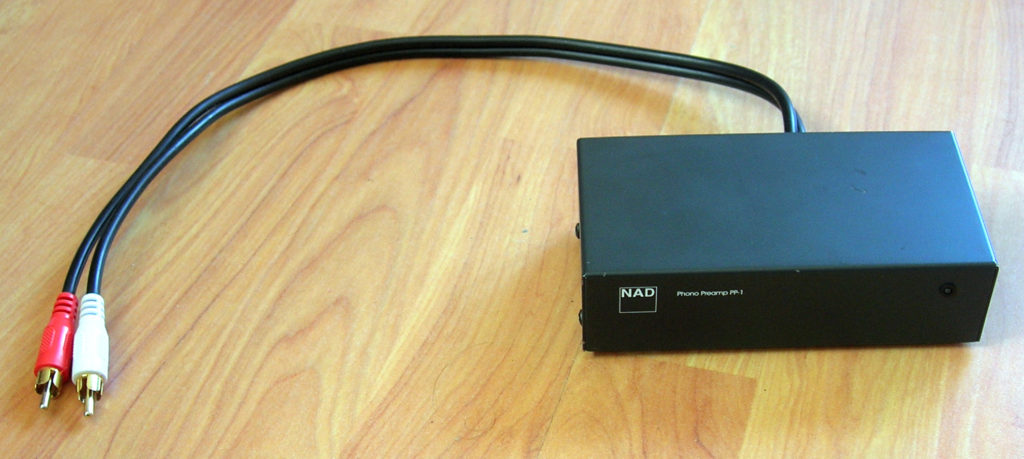
But here there is also a big “but:” many manufacturers have started building phono amplifiers into their complete amplifier devices, or even directly into the record player itself. To find out if your amp already has a built-in phono amplifier, check the RCA or phono in on the unit. The RCA input is often marked with the words RCA or Phono for devices from the English-speaking world. That means it can be used to raise the incoming signal. If the record player itself has a built-in phono input, you should not use the phono input on your amp or receiver as an input for it. Whether your record player has this you can find out by reading the manual or a detailed online product description or review.
Control Units
What many think of as an amplifier as actually something else entirely. Control units or processors look much like small amplifiers or AV receivers, but their main purpose is similar to what preamps were used for until the 1980’s: to switch between multiple source devices without amplifying the signals. The reason that is not necessary is because control units are made for powered or active speakers – that means speakers that already have an amplifier built into them. These powered speaker systems however, which are common entry level devices, often do not provide sufficient connectivity options for multiple devices – and that is where a control unit comes in.
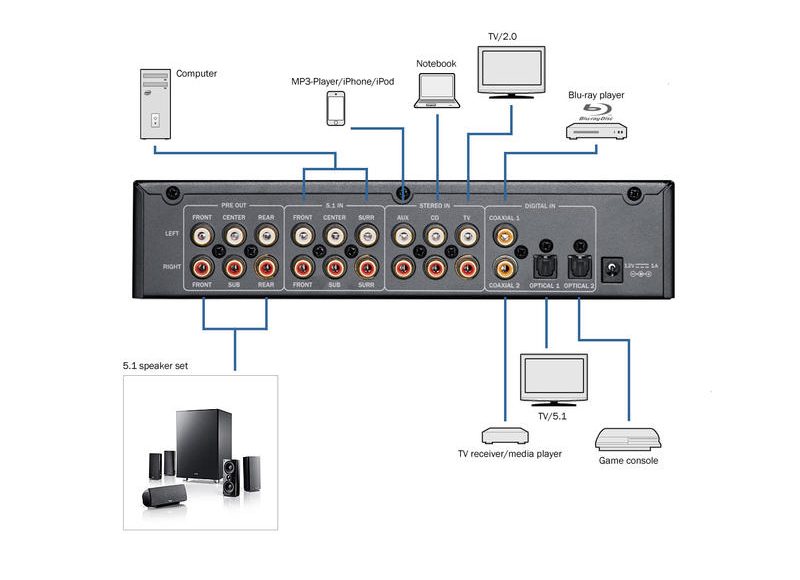
The Best Sound and Image Processing: AV Receivers from the Teufel Shop
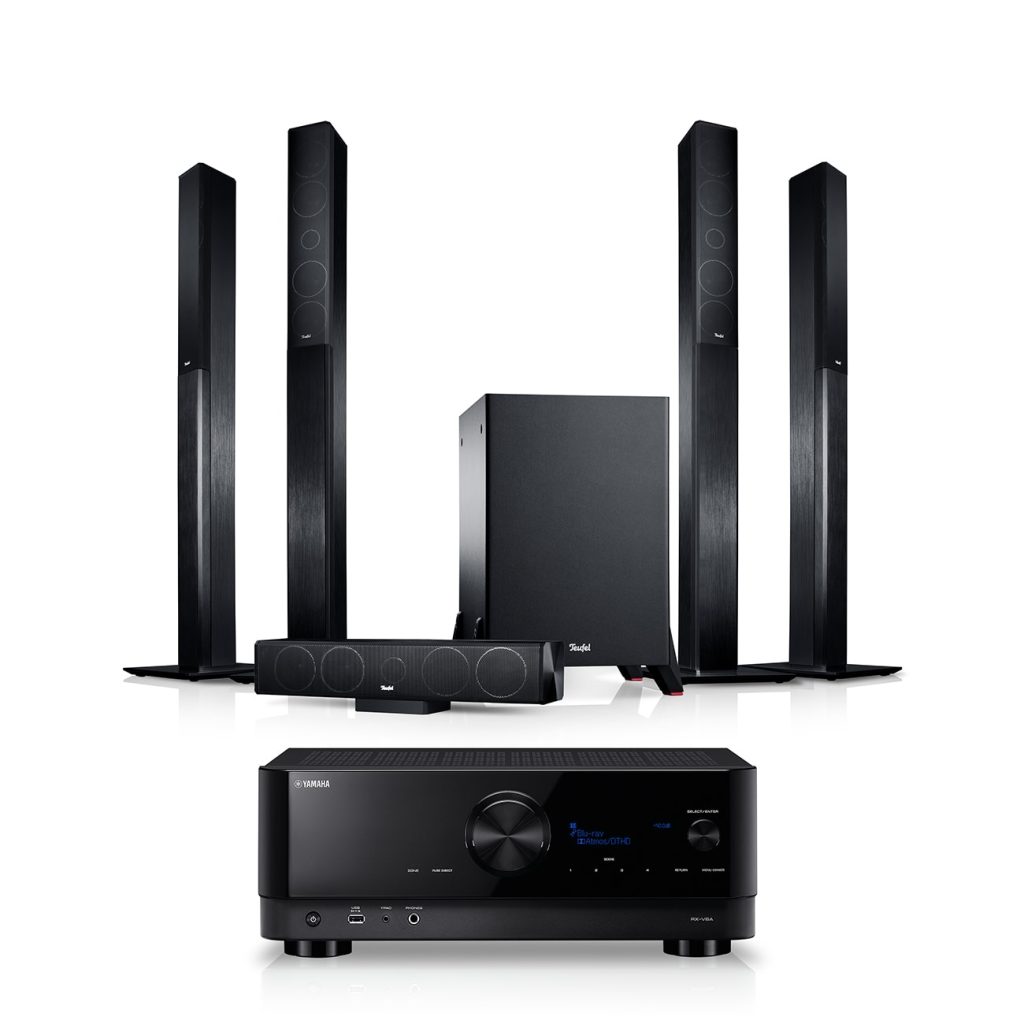 Opens in new tab
Opens in new tab▶ LT 4 + Yamaha RX-V6A 5.1-Set LOpens in new tab : For bigtime home cinema, our recommendation is a complete set, such as this fully-loaded 5.1 surround set with column speakers, T 8 subwoofer, and Yamaha RX-V6A AV Receiver. Enjoy premium-class immersive sound for music, movies, and games.
▶ MARANTZ M-CR612Opens in new tab: Enjoy the best video and audio quality from music streaming to record players: this powerful Marantz AV receiver has a lot to offer. Or if you want something that can do even more, get it as a bundle with our space and money saving top performers – the ULTIMA 20.
Big bass makes for great home cinema
Summary: Power Amps and Preamps
- Power Amps are HIFI devices meant to raise the signal of an audio source for delivery to speakers
- For a long time, preamps and power amps were both necessary, separate devices
- Preamps process audio signal for the amplifier to make sure the sound in the end comes through clear
- Today, for the consumer market, most devices are complete amplifiers or AV receivers with preamps and power amps built into the same device. External models are used only in the ultra high-end audiophile world to further boost quality, and can be a divisive even there.
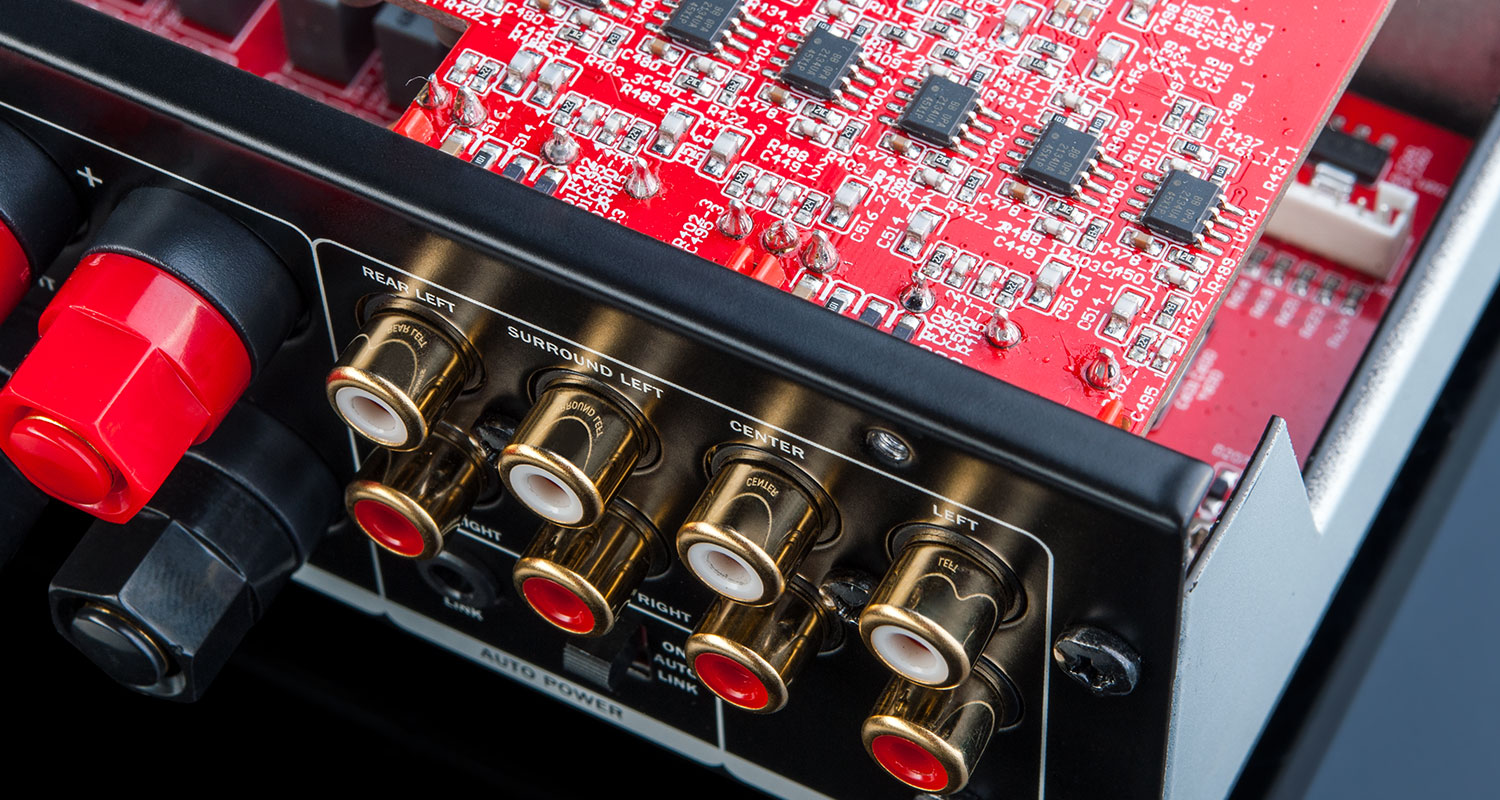
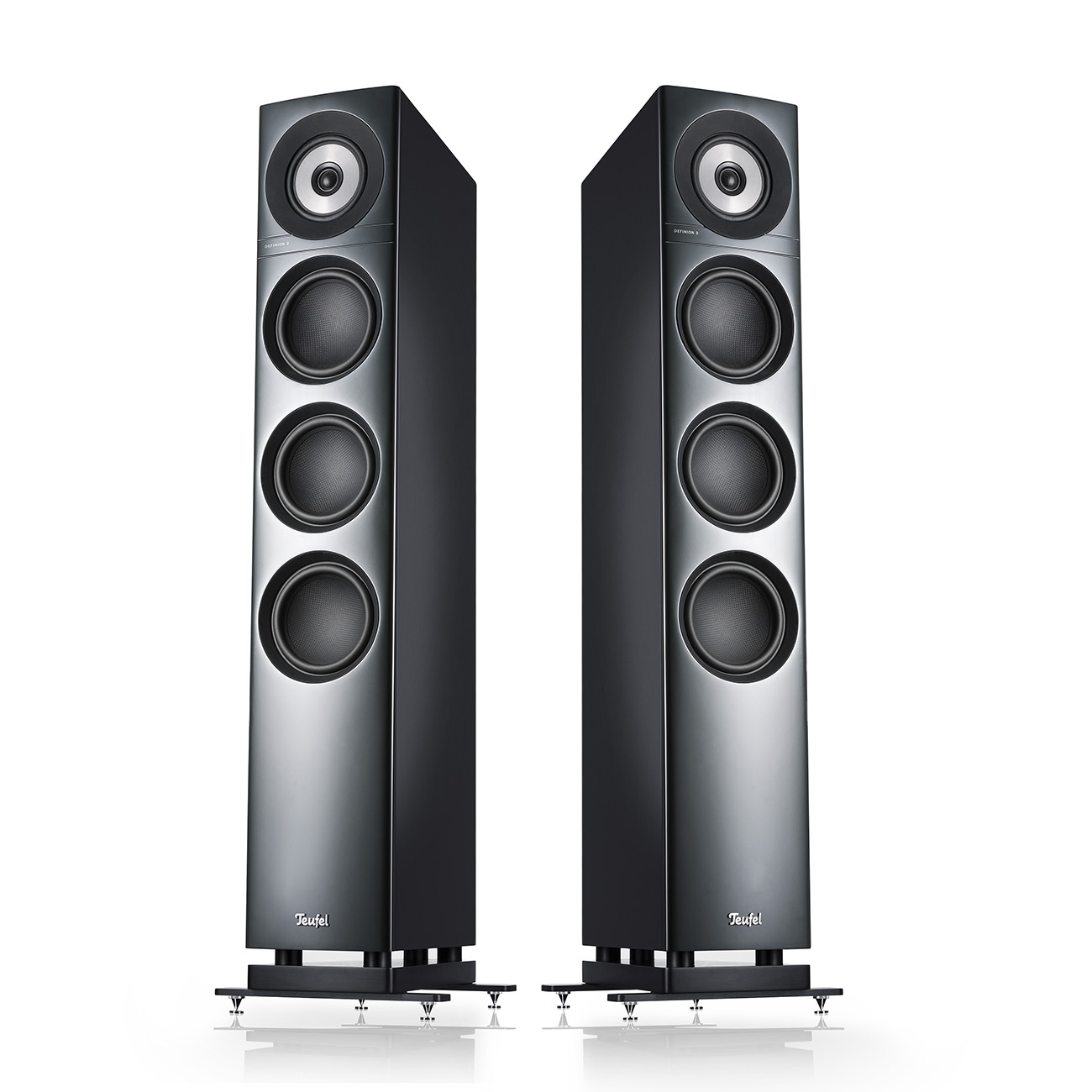

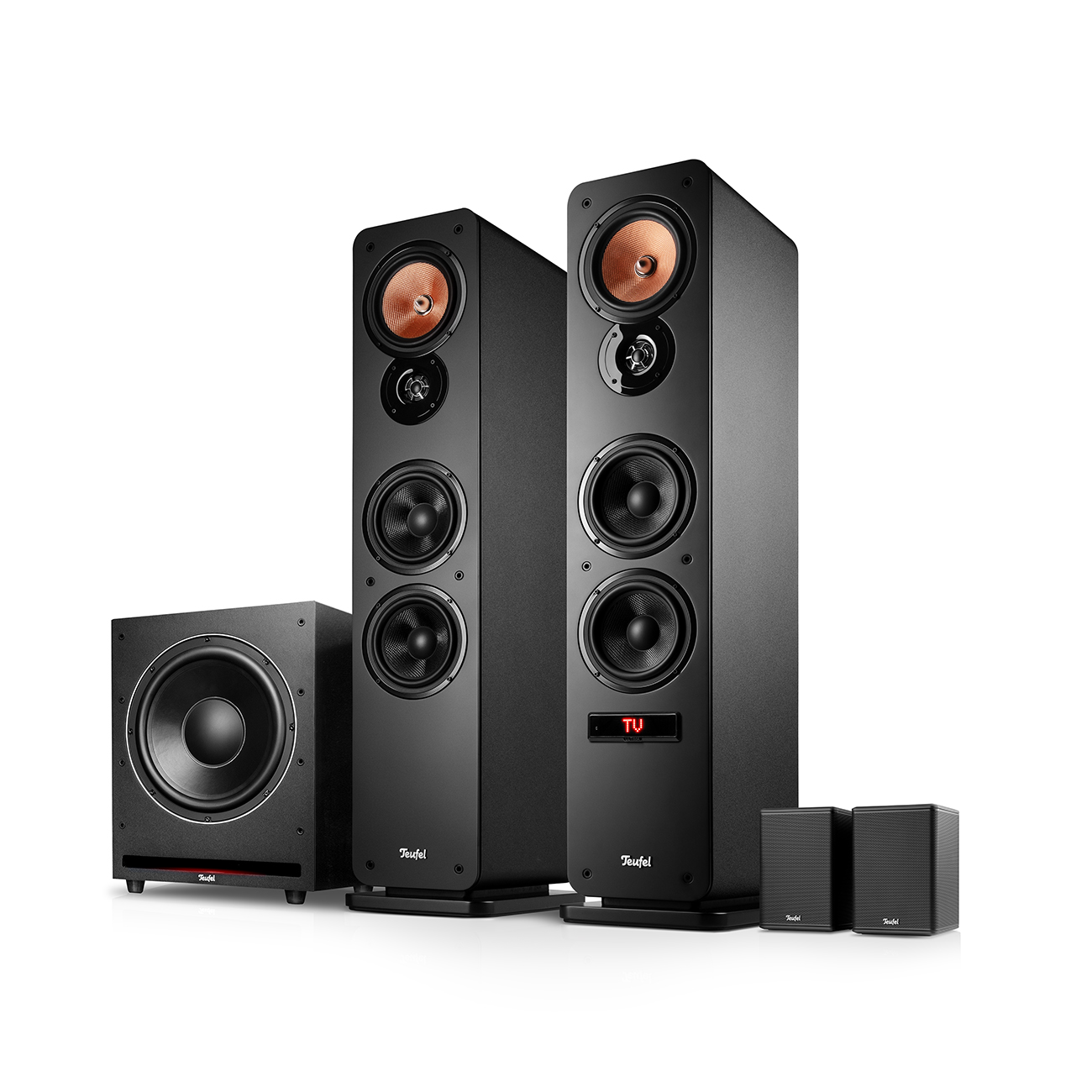
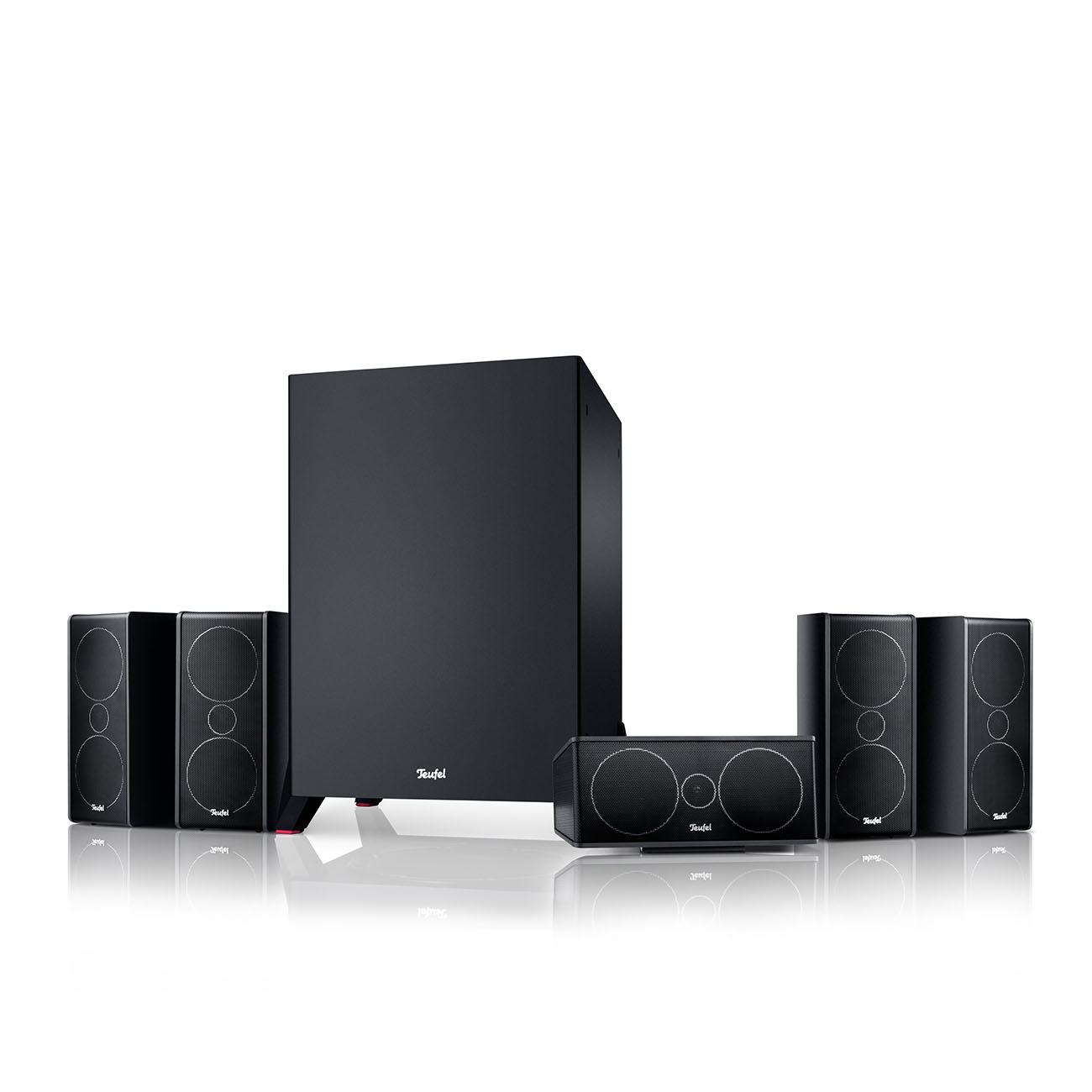


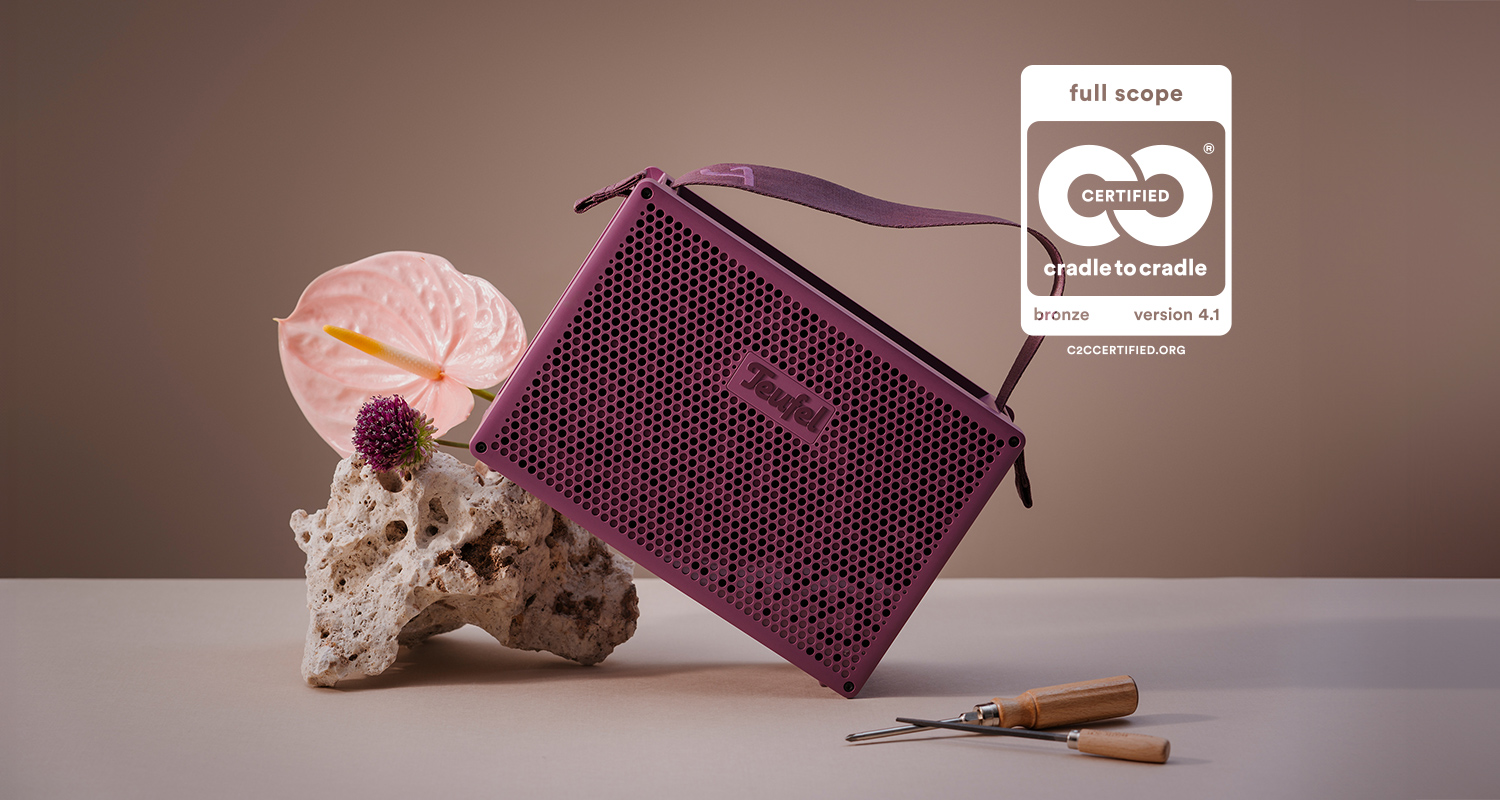
Leave a Reply